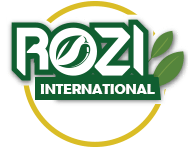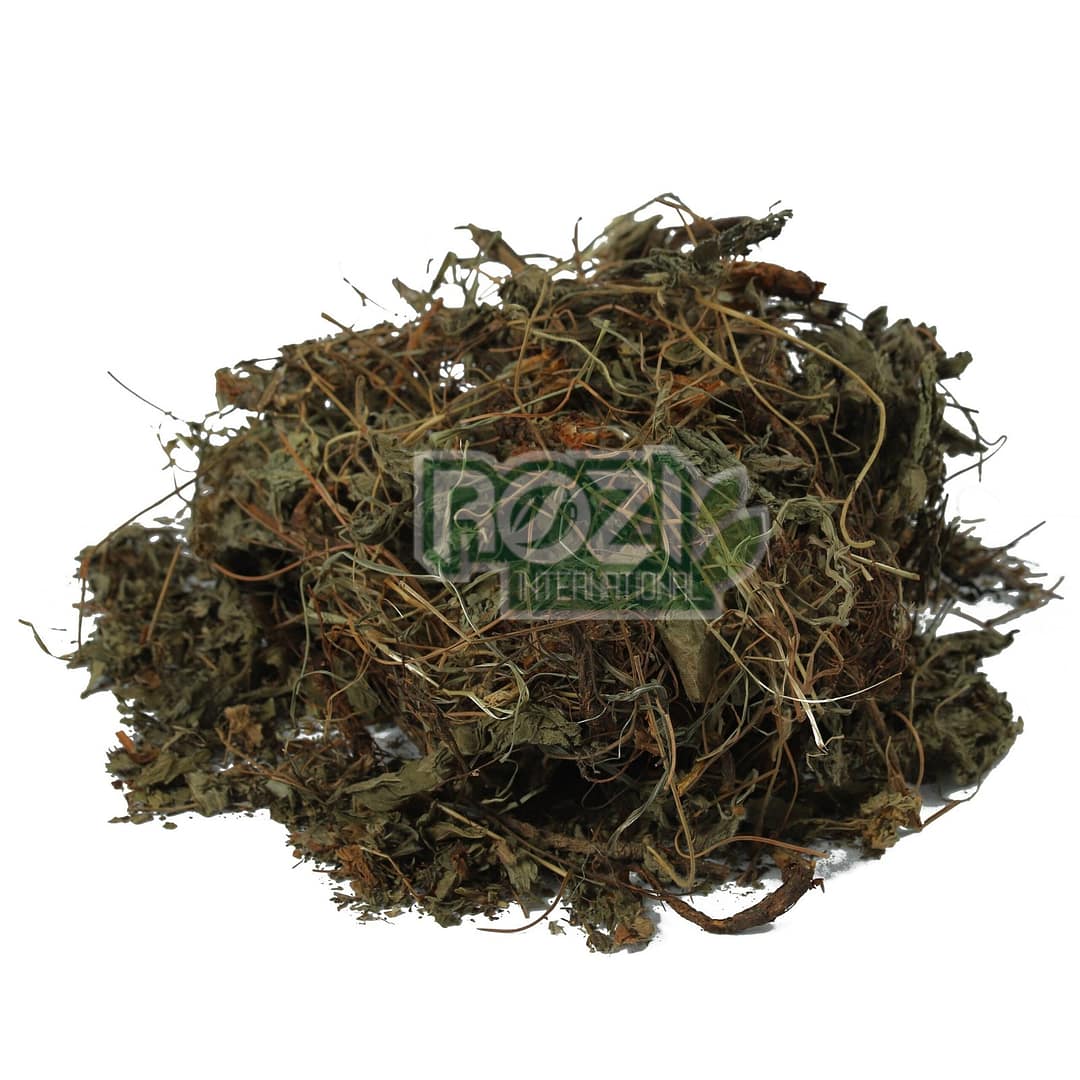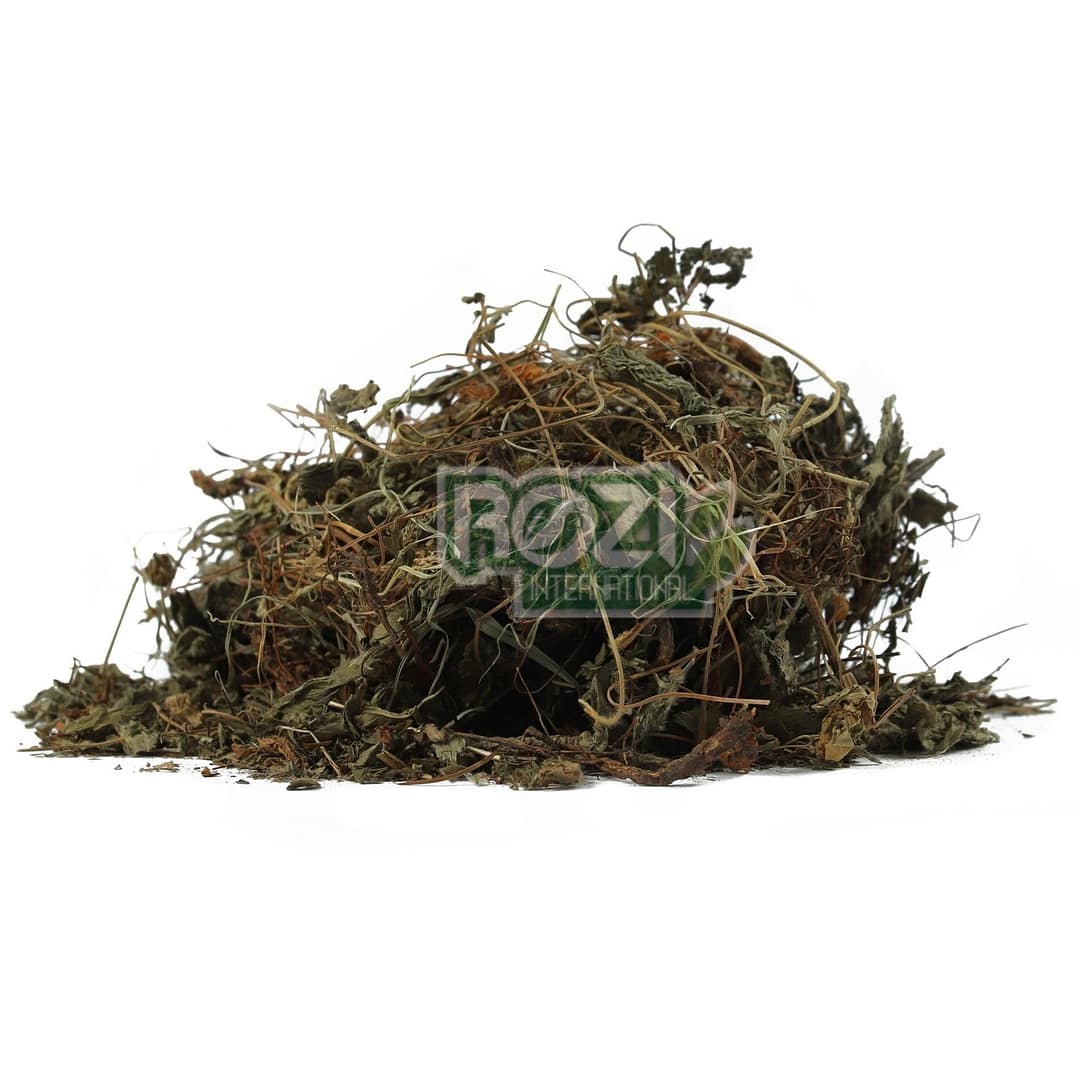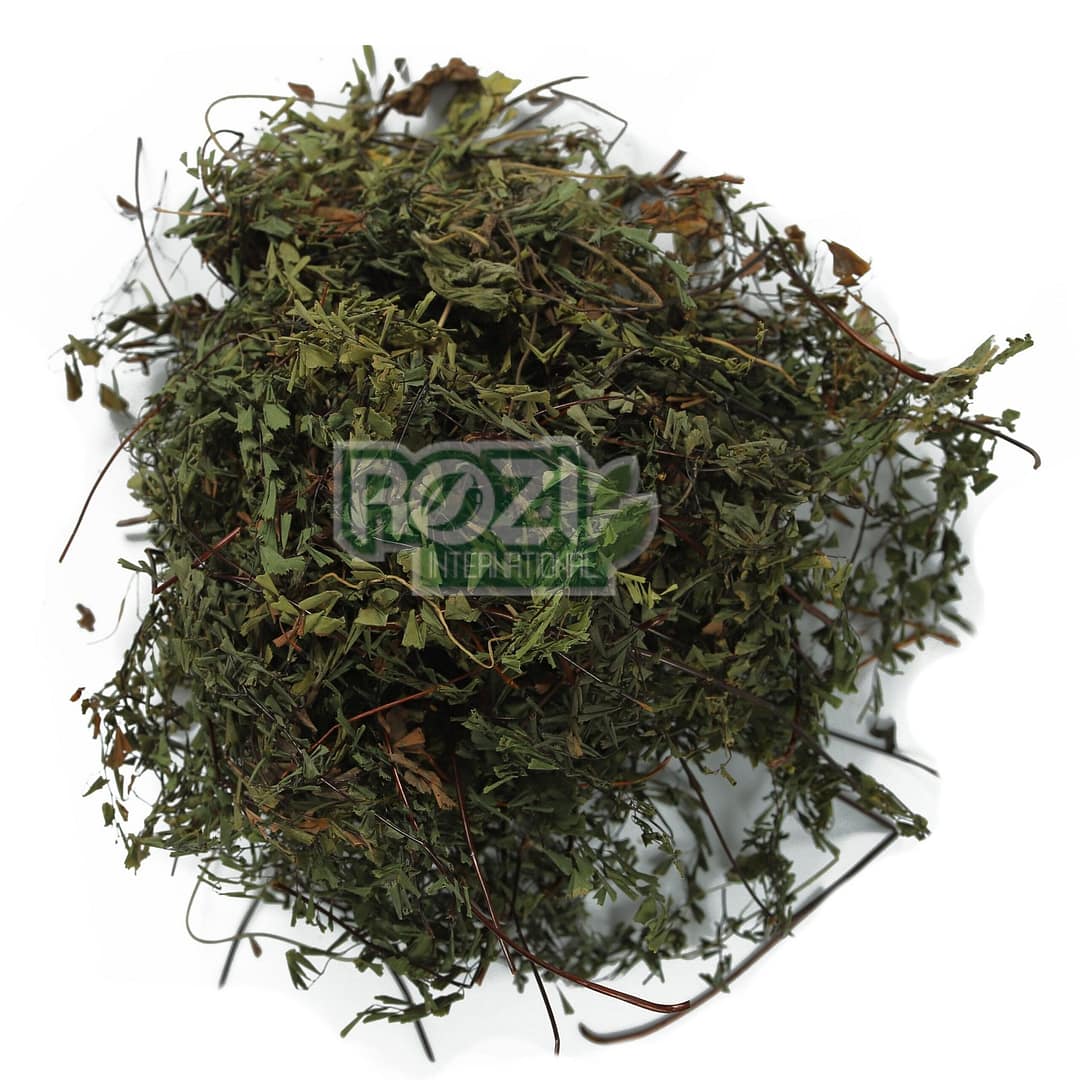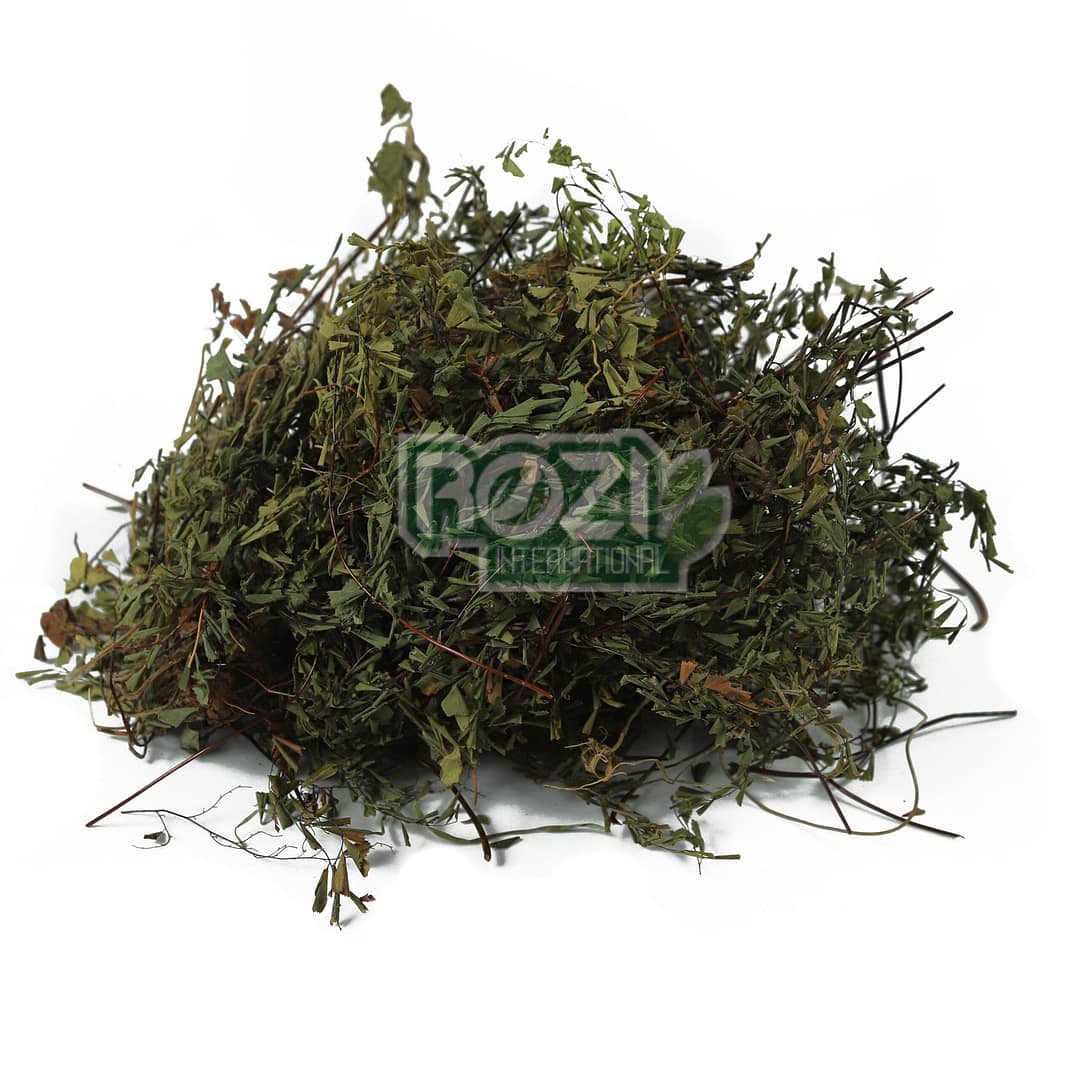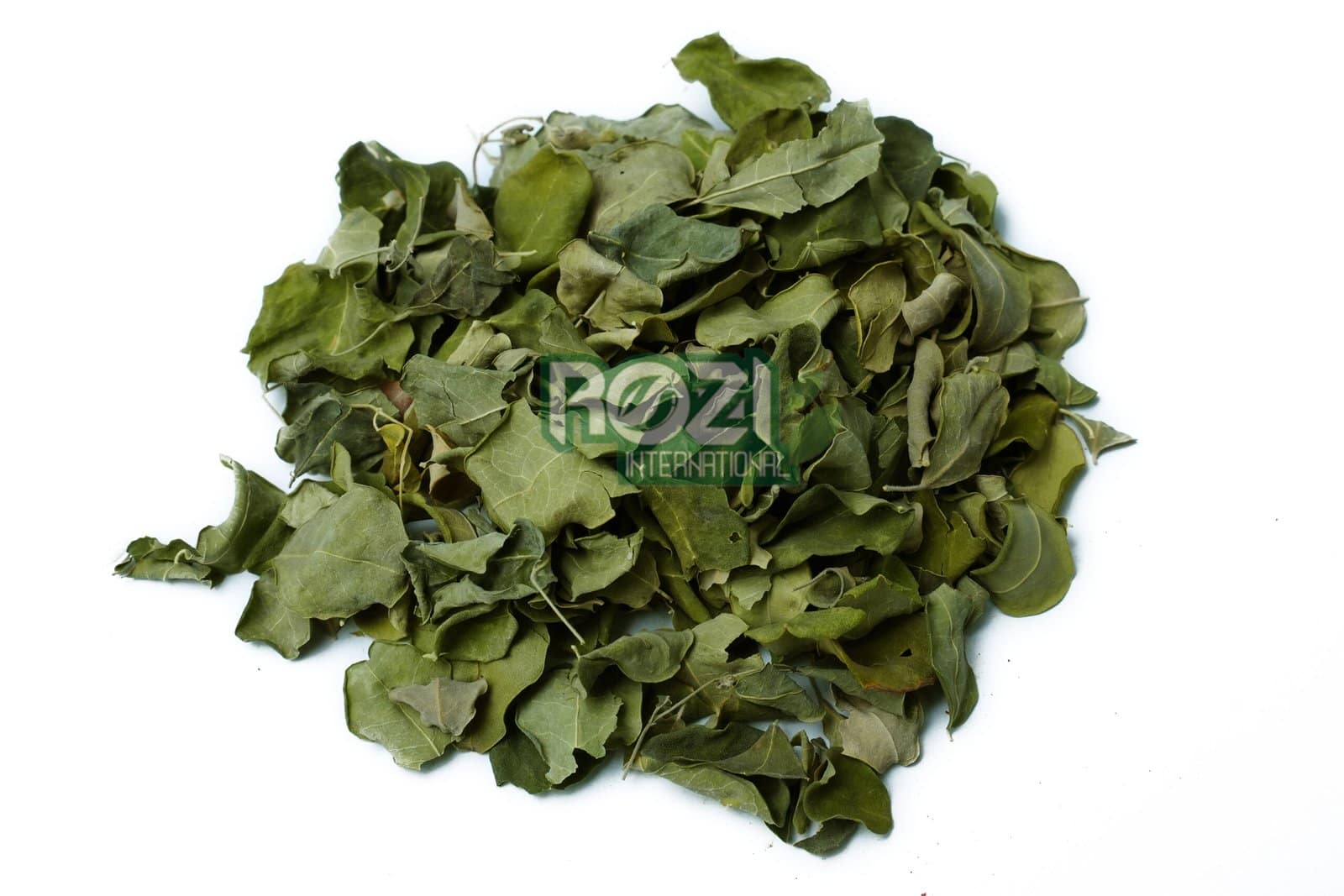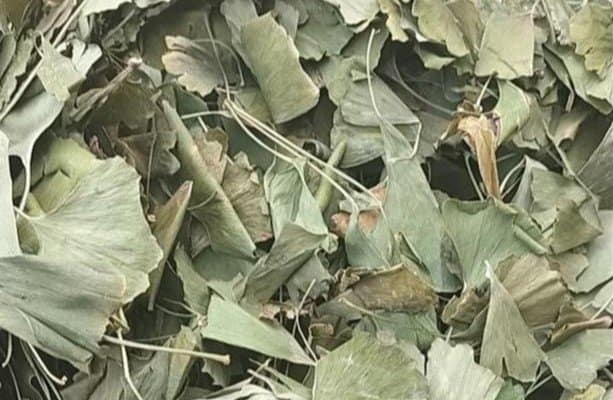Borage Leaves/Onosma Bracteatum / Gaozuban
English Name: Borage Leaves
Botanical Name: Onosma Bracteatum
Local Name: Gaozuban
Product Description
Borage (Borago officinalis) is a herbaceous plant native to the Mediterranean region but cultivated worldwide. While borage is primarily known for its vibrant blue flowers, its leaves are also highly valued in culinary and herbal traditions.
Borage leaves are medium to large in size, covered in fine hairs that give them a slightly fuzzy texture. They have a mild cucumber-like flavor, making them popular additions to salads and summer dishes. Borage leaves are rich in nutrients such as calcium, potassium, and essential vitamins, adding both flavor and nutritional value to various recipes.
Henna Leaves/ Lawsonia Inermis / Berg Henna
English Name: Henna Leaves
Botanical Name: Lawsonia Inermis
Local Name: Berg Henna
Product Description
Henna leaves, scientifically known as Lawsonia inermis, come from the henna plant, a small shrub native to North Africa, the Middle East, and South Asia. Henna has been used for centuries for its natural dye properties and various cultural and cosmetic purposes.
The leaves of the henna plant contain a natural pigment called lawsone, which, when crushed and mixed with a mildly acidic liquid, creates a reddish-brown dye. This dye has been traditionally used for body art, hair coloring, and as a natural cosmetic and medicinal agent. Henna tattoos, or mehndi, are a popular form of temporary body art in many cultures, often used for celebrations and special occasions.
Banafsha Leaves/ Viola Odorata / Banafsha Leaves
English Name: Banafsha Leaves
Botanical Name: Viola Odorata
Local Name: Banafsha Leaves
Product Description
Banafsha, also known as Malva sylvestris or common mallow, is a perennial herbaceous plant that belongs to the Malvaceae family. It is native to Europe, Asia, and North Africa but is now found in various parts of the world. Banafsha leaves are valued for their potential medicinal properties and have been used in traditional herbal medicine for centuries.
The leaves of the banafsha plant are soft, velvety, and deeply lobed. They contain mucilage, flavonoids, and other compounds that contribute to their potential health benefits. In traditional herbal medicine, banafsha leaves are used to make herbal teas, infusions, and poultices.
Maiden Hair Fern / Adiantum Capillus-Veneris / Parsiaonshan
English Name: Maiden Hair Fern
Botanical Name: Adiantum Capillus-Veneris
Local Name: Parsiaonshan
Product Description
Maidenhair fern, scientifically known as Adiantum, is a delicate and graceful fern species known for its distinctive fan-shaped fronds and airy appearance. This fern belongs to the Pteridaceae family and is found in various temperate and tropical regions around the world.
The name “maidenhair” comes from the fine, dark stalks that resemble human hair. The fronds are composed of numerous small, rounded leaflets, giving them a feathery and lacy appearance. Maidenhair ferns are typically found in moist, shaded environments, often growing near waterfalls, streams, or in humid forests.
Moringa Leaves / Moringa Oleifera / Sohanjna Leaves
English Name: Moringa Leaves
Botanical Name: Moringa Oleifera
Local Name: Sohanjana Patta
Product Description
Moringa leaves, often referred to as the “drumstick tree” leaves, are renowned for their impressive nutritional profile and versatile health benefits. These leaves are a staple in various traditional diets and medicinal practices.
Benefits of Moringa Leaves:
- Nutrient-Dense: Rich in essential vitamins and minerals, including vitamins A, C, and E, calcium, potassium, and iron, which support overall health and well-being.
- Blood Sugar Regulation: May help regulate blood sugar levels and improve insulin sensitivity, which can be beneficial for managing diabetes.
- Digestive Health: Provides dietary fiber that aids in digestion and helps maintain a healthy digestive tract.
- Immune Support: Boosts the immune system due to its high vitamin C content, which helps strengthen the body’s defense against infections.
Moringa leaves are celebrated for their wide-ranging health benefits, making them a valuable addition to a balanced diet and wellness regimen.
Neem Leaves / Azadirachta Indica / Neem leaves
Powder / / Neem Powder
English Name: Neem Leaves
Botanical Name: Azadirachta Indica
Local Name: Neem Leaves
Product Description
Neem leaves are a natural treasure known for their powerful antibacterial, antifungal, and anti-inflammatory properties. Our 100% pure and organic neem leaves are carefully handpicked to ensure the highest quality, free from chemicals and artificial additives. Rich in antioxidants, vitamins, and minerals, neem leaves offer numerous benefits for both health and beauty. They are highly versatile and can be used to brew herbal teas for detoxification, ground into a paste for soothing skincare treatments, or infused into bath water for a refreshing cleanse. Neem leaves are also a trusted solution for hair care, helping to promote a healthy scalp, reduce dandruff, and strengthen hair roots. Whether used for wellness or self-care, neem leaves provide a holistic approach to maintaining overall health and vitality. Store in a cool, dry place to retain their freshness and potency, and enjoy the timeless benefits of this remarkable herb.
Ginkgo Leaves / Ginkgo biloba / Ginkgo Herb
English Name: Ginkgo Leaves
Botanical Name: Ginkgo biloba
Local Name: Ginkgo Herb
Product Description
Ginkgo leaves are among the oldest and most studied herbs in traditional medicine, valued for their unique ability to support brain health and circulation. Derived from the ancient Ginkgo biloba tree, these leaves are rich in powerful antioxidants such as flavonoids and terpenoids, which help protect the body from oxidative stress.
For centuries, Ginkgo leaves have been used to improve memory, enhance focus, and promote overall cognitive function. They are also known to support healthy blood flow, making them beneficial for cardiovascular wellness. In addition to their brain-boosting effects, Ginkgo leaves are believed to help reduce stress, support eye health, and improve energy levels naturally.
Price: $450 per ton
